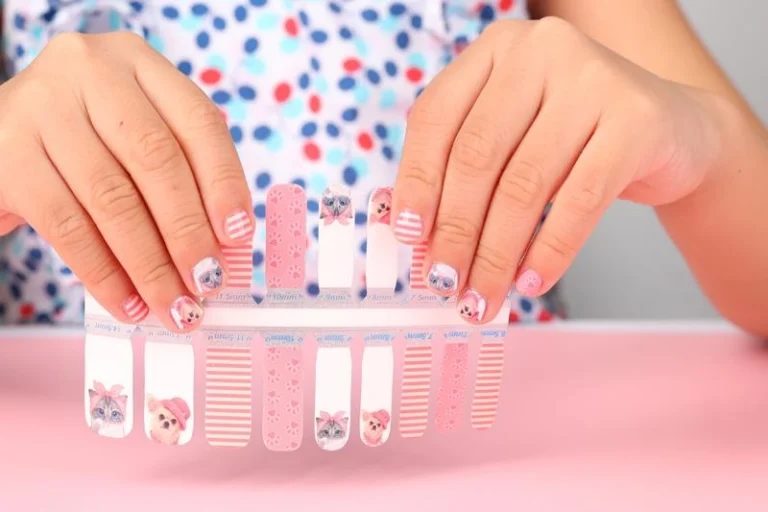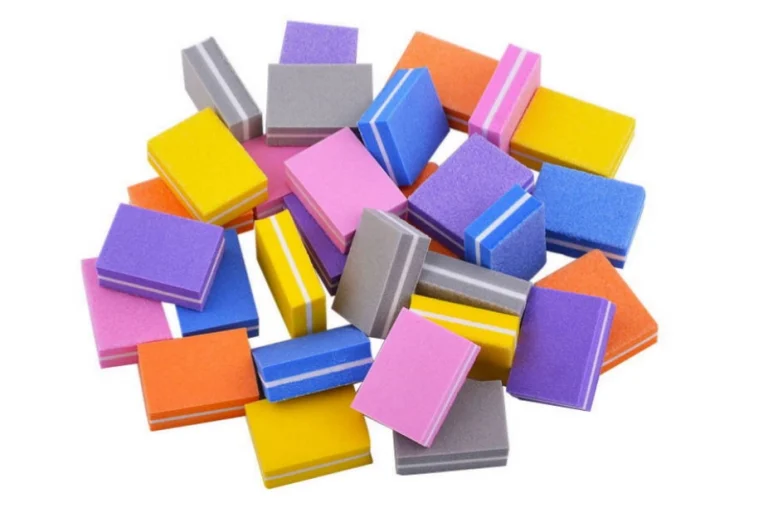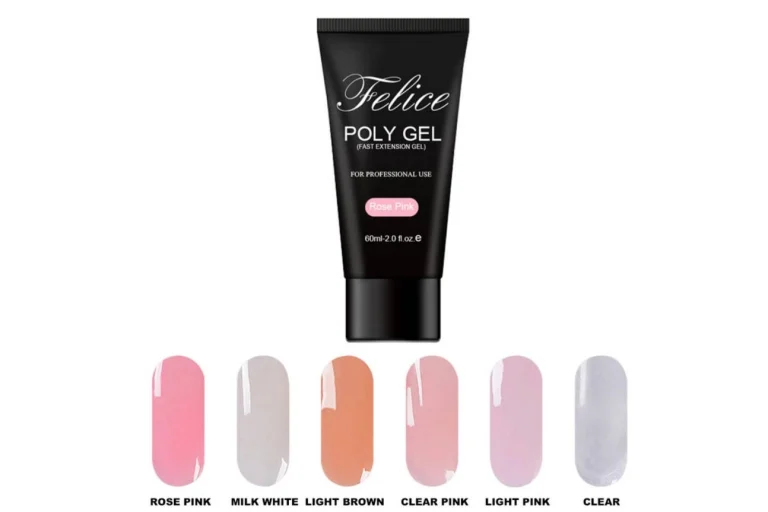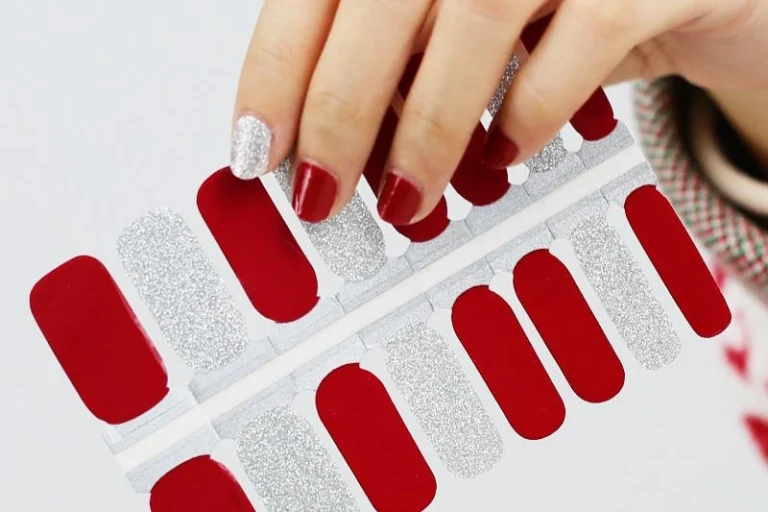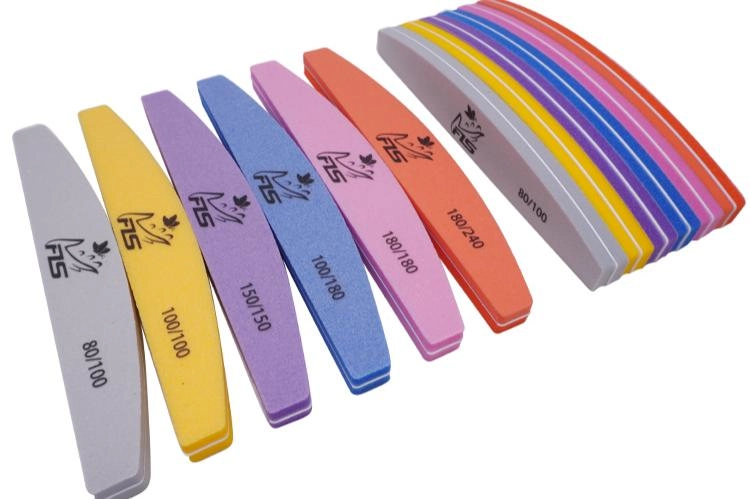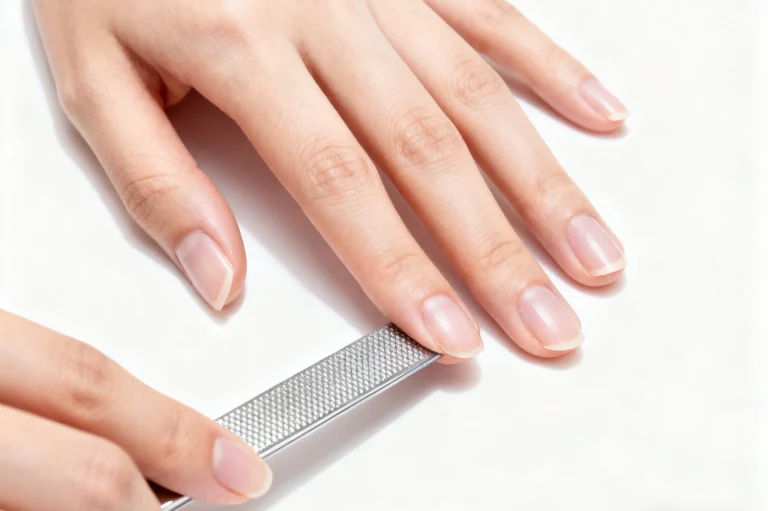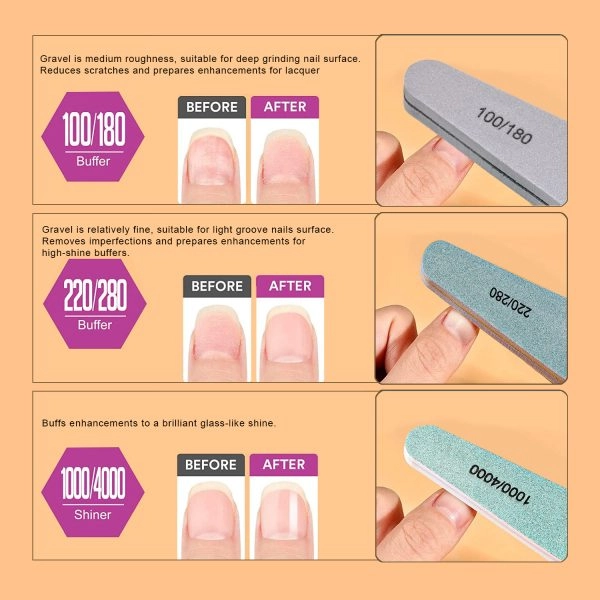
Nail buffing is a great way to get smooth, shiny, healthy nails. But doing it wrong can thin or break your nails. It might cause lasting harm. Whether you’re a DIY fan or a nail pro, knowing how to use buffers right keeps nails strong. This article shares easy tips to avoid thinning and keep your nails looking great.
Tip 1: Pick the Right Nail Buffer
Understanding Grit Levels
A buffer’s grit level shows how rough it is. Low numbers like 80# or 100# are tough. They’re good for shaping or clearing buildup. Higher numbers like 180# to 240# are gentler. They smooth and shine nails.
Felice offers mini nail buffer blocks with grit options like 80#, 100#, 180#, and 240#. These let you choose the right buffer for your needs. You can prep nails for polish or boost their natural shine.
When to Use Gentle vs. Rough Buffers
Use rough buffers only when needed, like for removing gel or smoothing bumps. Gentle buffers work best for regular care. They give nails a healthy glow without hurting them.
Felice’s high elastic sponge + emery nail buffer blocks come in many grit levels. They’re great for salons or home use.
Tip 2: Don’t Buff Too Often
How Often to Buff
Buffing solutions shouldn’t be a daily thing. Experts say to buff natural nails only once every two weeks. This prevents thinning.
Felice’s pro-grade tools work so well you won’t need to buff often.
Risks of Buffing Too Much
Buffing too much strips away nail layers. This makes nails brittle or prone to peeling. It can even lead to infections. Avoid using rough buffers a lot since they take off more nail material.
Felice’s extra coarse strong 3 ways nail buffer block lasts long. You won’t need to buff as often.
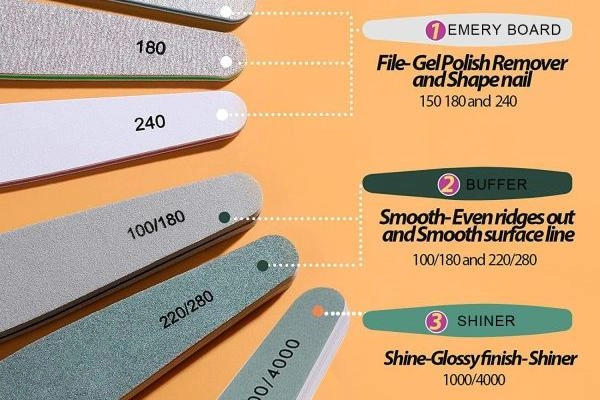
Tip 3: Use Soft, One-Way Strokes
Avoiding Back-and-Forth Moves
A common mistake is sawing back and forth while buffing. This creates friction that weakens nails. Instead, buff in one direction with light pressure.
Felice’s ergonomic designs make it easy to control. Our custom printing 4 sides nail buffer block uses high elastic sponge + emery. It glides smoothly without stressing nails.
Ways to Ease Nail Stress
Hold the buffer at a slight angle. Move from the nail’s base to the tip with soft strokes. This keeps nails safe while giving a polished look.
Felice’s two-color mini buffers are perfect for beginners. Our small size and gentle surface make buffing easy.
Tip 4: Moisturize After Buffing
Why Hydration Matters
Buffing removes oils along with ridges or stains. Adding moisture right after keeps nails flexible. It helps prevent cracks.
Always use cuticle oil or hand cream after buffing. Even gentle tools like Felice’s mini blocks need this step to restore hydration.
Best Oils and Creams
Choose products with jojoba oil, vitamin E, or shea butter. These nourish nails and skin around them. Rub them into cuticles after buffing for better results.
Pair these with Felice’s full range of manicure tools. They work together for complete hand care.
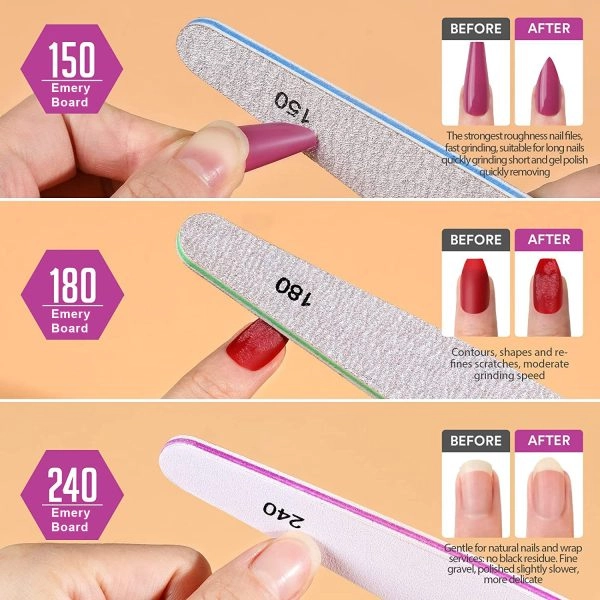
Tip 5: Skip Buffing on Weak Nails
Signs Your Nails Need a Rest
If nails feel thin, bend easily, or have splits, don’t buff them. Wait until they heal. Buffing could make damage worse.
Instead, try nourishing treatments like Felice’s gel base coats. They’re strong, easy to apply, and hard to chip. They protect weak nails as they grow.
Other Ways to Improve Nail Look
Use semi-cured UV gel wraps or stickers for a polished look without buffing. Felice’s eco-friendly gel nail wraps are self-adhesive. They’re a safe way to make damaged nails look nice.
Tip 6: Clean Your Tools Often
Stopping Germs and Infections
Buffers can pick up skin cells and germs if not cleaned. Always sanitize tools before using them again. This is extra important if others use them too. It lowers infection risks.
Felice’s pro-grade products include replaceable sandpaper options. These make cleaning easier at home or in salons.
How to Clean Nail Buffers
Use alcohol wipes or soak non-disposable buffers in warm soapy water. Then use disinfectant spray. For disposable mini sponges from Felice, toss them after a few uses based on wear.
Tip 7: Pair Buffing with Good Nail Care
How Food and Supplements Help
Eating right keeps nails strong against buffing damage. Foods like eggs, nuts, and leafy greens have biotin. You can also try supplements if needed.
Using good tools like Felice’s products boosts results. We offer one-stop shopping for all kinds of nail beauty products.
Other Practices Like Filing
File nails gently before buffing to avoid snags or tears. Felice’s custom zebra grey nail file and emery boards pair well with our buffers for full nail care.
Tip 8: Know When to Get Expert Help
Spotting Ongoing Nail Issues
If nails stay brittle, change color, or hurt despite care, there might be a deeper problem. Don’t just rely on buffing to fix it.
See a pro instead of treating it yourself. They can find the real cause.
Why Talk to a Dermatologist or Nail Tech
Dermatologists can give special treatments. Certified nail techs offer tailored services based on your nails’ condition. This keeps nails safe, especially if tools or products cause issues.
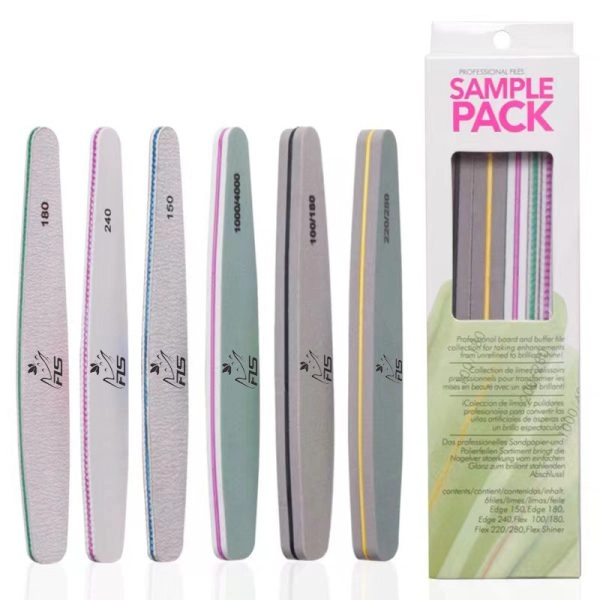
To keep nails strong and avoid thinning, follow these simple tips when buffing. From picking the right grit to moisturizing after, every step helps nails stay healthy and look great.
Felice’s mini size nail buffer blocks offer pro quality at factory prices with low MOQ customization. We are great for personal or professional use.
All products can be designed and produced as customer request; pre-production sample is always available for quality check before bulk order. Trust Felice’s commitment to honest, high quality, first-class service by using our awesome tools for your next manicure!
FAQ
Q: How do I pick the right nail buffer?
A: Choose a buffer based on its grit level. Rough ones (like 80# or 100#) shape nails or remove gel. Gentle ones (like 180# or 240#) smooth and shine nails. Felice offers mini buffers in these grits for home or salon use.
Q: When should I use rough vs. gentle buffers?
A: Use rough buffers only for tough jobs, like clearing gel or bumps. Gentle buffers are better for regular care. They give nails a nice glow without damage. Felice’s sponge + emery buffers work for both.
Q: How often should I buff my nails?
A: Don’t buff every day. Experts say once every two weeks is enough for natural nails. This stops thinning. Felice’s pro tools work so well you won’t need to buff often.
Q: What happens if I buff too much?
A: Too much buffing strips nail layers. This makes them brittle or prone to peeling. It can even cause infections. Using Felice’s long-lasting coarse buffers reduces the need to buff a lot.

